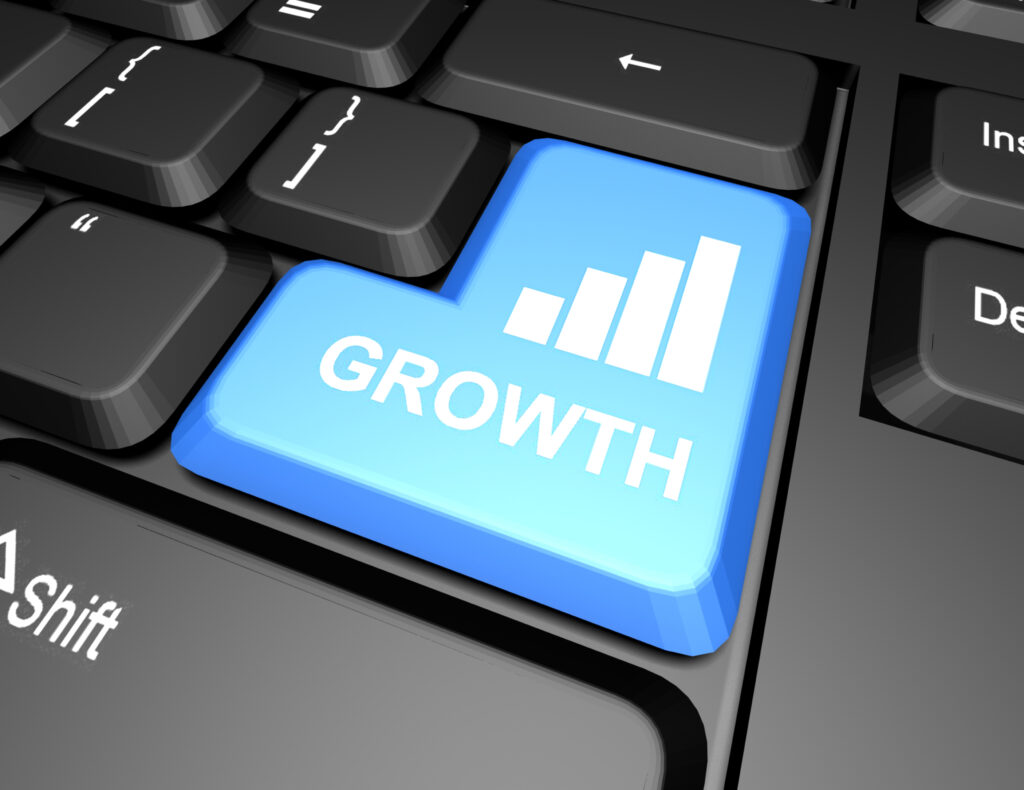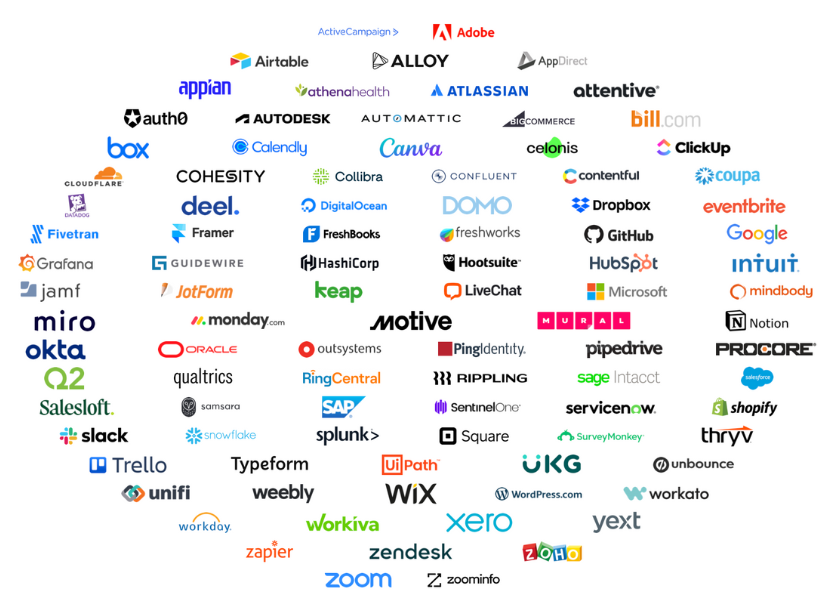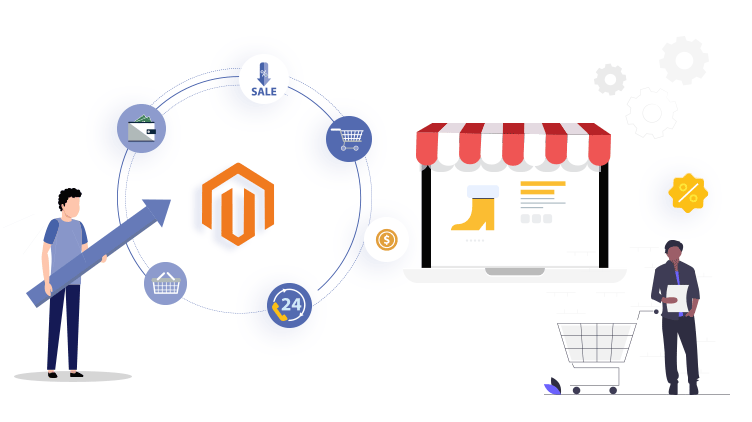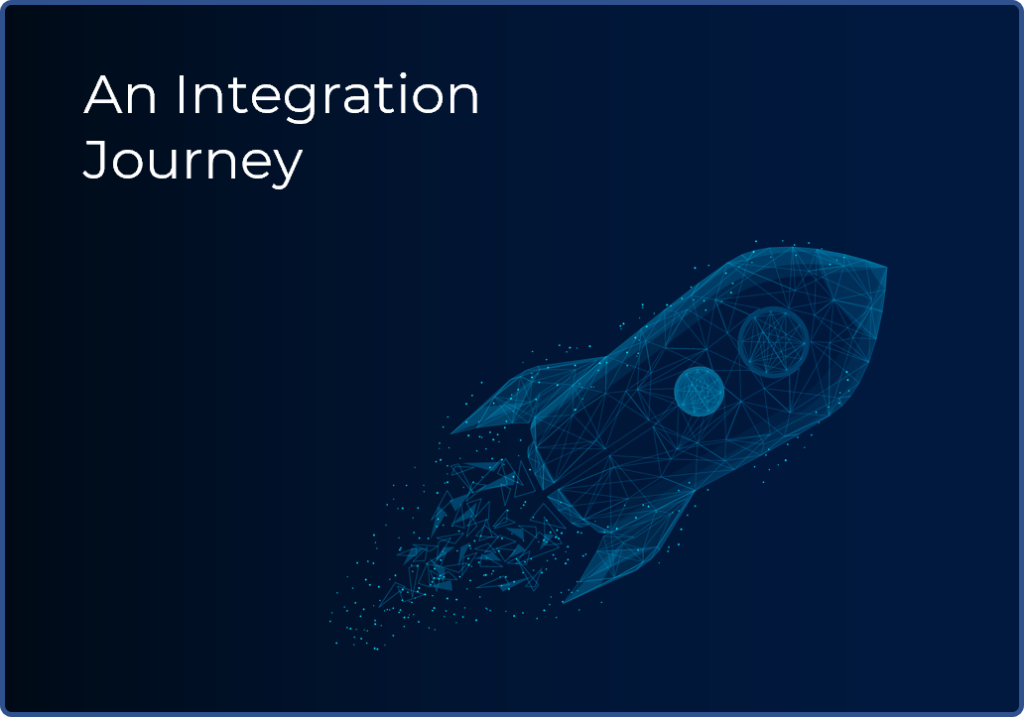The rise of remote work has brought many benefits to both employers and employees, including increased flexibility, cost savings, and improved work-life balance. However, one of the challenges of remote work is building a strong and cohesive team, when team members are spread across different locations and time zones. In this article, we will explore some best practices for team building in a remote work environment.
- Communicate frequently: In a remote work environment, clear and frequent communication is key. Make sure to establish regular check-ins, whether through phone or video calls, instant messaging, or email, to keep everyone up to date on project progress and to ensure that everyone feels connected and informed.
- Use collaboration tools: There are many collaboration tools available that can help remote teams work together more effectively. These can include project management tools, file sharing systems, and virtual whiteboards. Use these tools to facilitate collaboration and make it easier for team members to share ideas and work together.
- Create a virtual water cooler: One of the benefits of working in an office is the opportunity to chat and connect with colleagues in a more informal setting. To replicate this experience in a remote work environment, consider creating a virtual water cooler or chat room where team members can share updates, chat about their interests, and connect on a more personal level.
- Organize team building activities: While it can be challenging to organize team building activities in a remote work environment, there are still many options available. Consider organizing virtual game nights, team lunches over video chat, or even virtual scavenger hunts. These activities can help build camaraderie and make team members feel more connected.
- Celebrate milestones: When working remotely, it can be easy to lose track of the milestones that are important to the team. Make sure to celebrate important milestones, such as the completion of a project or the anniversary of a team member’s hire date, to help build a sense of accomplishment and teamwork.
- Prioritize cultural fit: When building a remote team, it is important to prioritize cultural fit. Look for team members who share the company’s values and work ethic, and who are passionate about their work. This can help ensure that the team is cohesive and aligned, even when working from different locations.
In conclusion, building a strong and cohesive team in a remote work environment requires careful planning and attention. By focusing on clear communication, collaboration, and team building activities, you can create a sense of camaraderie and connectedness that can drive success and productivity in a remote work environment.
Request a Free Opportunity Assesment
RELATED CONTENT

16 Powerful B2B SaaS Growth Channels
B2B Growth Channels are essential to expand your reach and get your target audience to pay attention to you. Some of these are direct channels such as and some are indirect. Integrations and APIs with other market-dominant players can help you with your own growth. Even if your core product would not require integrations to…

B2B App Marketplaces
B2B app marketplaces are rapidly gaining popularity as a customer acquisition channel for logistics providers. These marketplaces offer a range of benefits, including increased visibility, improved customer acquisition, and streamlined sales processes. Listing software on B2B app marketplaces provides SaaS providers with increased visibility, as these platforms are frequented by businesses searching for software solutions.…

A Deep Dive into SaaS Distribution Models
There are a few commonly used SaaS Marketing Channels including inbound and outbound sales forces, eCommerce self-service, and third-party app stores. There is no distribution channel that’s ideal for all SaaS companies under all conditions. Instead of thinking about a best distribution channel, it’s useful to think of marketing channel selection as a “best fit”…

Promote your SaaS to Prospective Customers via 20 Top SaaS App Marketplaces
SaaS App Marketplaces present huge opportunities as an acquisition channel. This is because your prospective customers are already using these established SaaS platforms making it easier to get found by your ideal customer. You can also tap into getting more business by association. Since some processes are built around certain products (eg. Shopify), certain businesses…

Nurturing and Building an Ecosystem around your Magento App Store Integration.
Introduction In today’s rapidly evolving eCommerce landscape, businesses are always looking for ways to differentiate themselves from the competition and deliver a superior customer experience. For many businesses, this means leveraging Magento, one of the leading eCommerce platforms on the market today. However, simply having a Magento App Store integration is not enough to ensure…

An App Store for Super Apps
The pandemic saw ten years of merchant technology adoption in three months. That has cooled a bit but there is really no going back. If you work in eCommerce, whether it be B2B or B2C, you know this statement is true. A key driver of BigCommerce’s scaling initiative is the “super app” trend, where payment…

A Successful eCommerce Integration Journey in 6 Phases
After watching 100s of companies launch eCommerce Integrations and App, a pattern started to emerge. Most companies went through the same phases and many did the same mistakes or faced the same problems throughout their journey. Understand your Target Market Identify your target market and conduct market research to understand their needs and preferences. This…

The Ever-Growing Importance of Multi-Channel Sales via eCommerce Connectivity
Expanding to multi-channel sales is critical in eCommerce. Selling across different platforms results in as much as 3X the engagement as selling on a single channel. Multi-channel sales rely on synchronized data so it requires each eCommerce platform to communicate with each other in as close to real time as possible. Check out this Anchor…

Essential & Actionable B2B SaaS KPIs to Follow
We thought we’d share this blog article on 3 essential B2B SaaS KPIs to follow. For most SaaS products and services, their most significant expense is the cost of acquiring a new customer. An excellent way to reduce this expense is by channeling resources and efforts into acquisition channels with the highest return. At Itembase,…

5 Customer Acquisition Channels for B2B Apps
Check out this concise article on five principal customer acquisition channels for B2B apps. As we mentioned previously, theWinning in the B2B SaaS Market B2B SaaS market is getting more and more sophisticated and it’s not getting any easier out there. More and more apps are competing every day to attract the most traffic. If…

